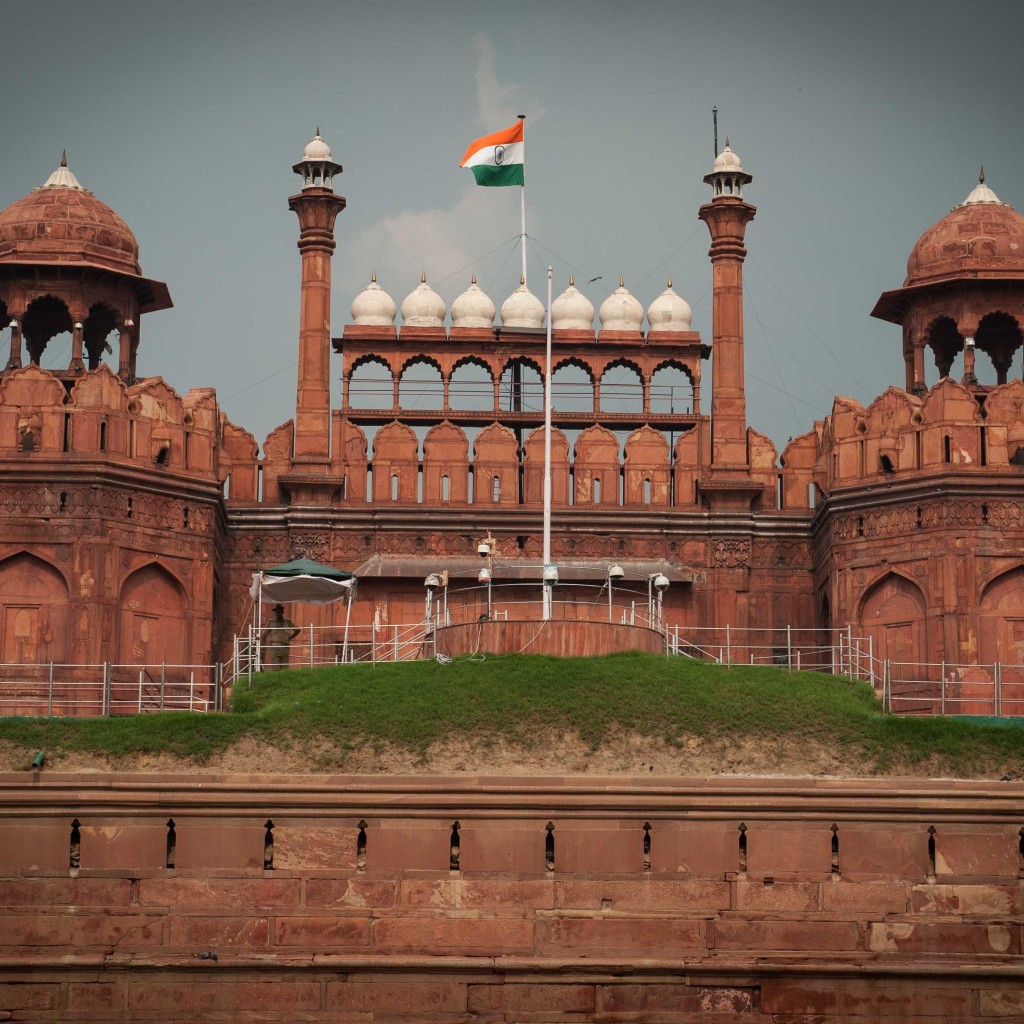How British managed to colonize India?

The British colonization of India was a complex and multifaceted process that took place over several centuries. It involved a combination of economic, political, military, and social factors that allowed the British East India Company, and later the British Crown, to establish control over the Indian subcontinent. Here are some key factors that contributed to the British colonization of India:
- Trade and Economic Interests: The British East India Company was initially established in the early 17th century with the primary aim of conducting trade with India. They were interested in spices, textiles, and other valuable commodities from the region. Over time, the company started establishing trading posts and forts along the Indian coastline, gaining influence and control over local trade.
- Military Superiority: The British had technological advantages over many Indian kingdoms, especially in terms of firearms and naval power. Their well-organized and disciplined armies were able to defeat and subdue various local rulers and principalities, allowing them to expand their territorial control.
- Division and Disunity among Indian Rulers: India was not a single unified nation but a collection of numerous kingdoms and states, each with its own rulers and armies. The British exploited this disunity, playing off rival factions against each other, which weakened the resistance to British expansion.
- Political Manipulation: The British East India Company engaged in various diplomatic and political strategies to gain influence and control over Indian rulers. They formed alliances with certain Indian princely states, while using their military might to defeat others. The policy of “divide and rule” was often employed to maintain dominance over the region.
- Economic Exploitation: The British East India Company established a system of economic exploitation in India. They levied heavy taxes, extracted resources, and established monopolies over key industries, such as the production of raw materials like cotton. This economic drain weakened the Indian economy and contributed to the country’s subjugation.
- Sepoy Mutiny (1857): Also known as the First War of Indian Independence or the Indian Rebellion of 1857, this armed uprising against British rule was an important turning point in India’s colonization. After the rebellion was suppressed, the British Crown took direct control of India from the East India Company, marking the beginning of the British Raj.
- Infrastructure and Communication: The British built extensive infrastructure in India, including railways, telegraph networks, and roads. This helped them in better administration and control over the vast territory.
- Education and Language: The British introduced English education, which created a class of Indians who were influenced by Western ideas and culture. The use of English as the administrative language further solidified British control.
It’s important to note that the colonization of India was met with resistance from various Indian leaders and freedom fighters who sought to regain independence. The struggle for independence culminated in India gaining its freedom from British rule on August 15, 1947.








